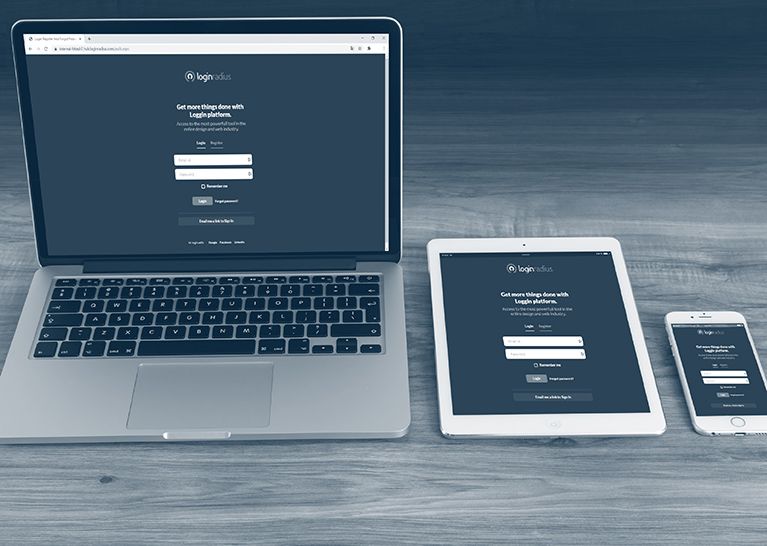In an era where cyber threats loom large and data breaches are on the rise, safeguarding our digital identities has become more crucial than ever. Traditional passwords, once considered the stalwart guardians of our online presence, are proving to be increasingly susceptible to sophisticated hacking techniques. Enter Multi-Factor Authentication (MFA) – the knight in shining armor that adds an extra layer of defense to fortify our digital fortresses.
Table of Contents
ToggleThe Vulnerabilities of Single-Factor Authentication:
Passwords, despite their ubiquity, have inherent vulnerabilities. techdome.ca From weak passwords easily cracked by brute force attacks to the human tendency to reuse passwords across multiple platforms, relying solely on passwords leaves a chink in our digital armor. Cybercriminals capitalize on these weaknesses, gaining unauthorized access to sensitive information with alarming ease.
The Dynamic Defense of Multi-Factor Authentication:
Multi-Factor Authentication addresses the shortcomings of single-factor methods by requiring users to authenticate their identity through two or more verification factors. These factors typically fall into three categories: something you know (passwords), something you have (security tokens, smart cards), and something you are (biometrics). By combining these elements, MFA creates a multi-layered defense, making it exponentially more difficult for unauthorized individuals to breach your digital stronghold.
Biometrics: The Personal Touch of Security:
One of the most intriguing components of MFA is biometric authentication. From fingerprints to facial recognition, biometrics leverage unique physical or behavioral attributes to verify identity. This not only enhances security but also provides a seamless and user-friendly experience, eliminating the need to remember complex passwords.
The Rise of Adaptive Authentication:
As technology evolves, so does the sophistication of cyber threats. Adaptive Authentication takes MFA a step further by incorporating contextual factors such as location, time of day, and device information to dynamically adjust the authentication requirements. This ensures a flexible and adaptive security posture, capable of thwarting even the most cunning cyber adversaries.
Implementing MFA in Your Digital Life:
Whether you’re an individual safeguarding personal accounts or an enterprise securing sensitive corporate data, implementing MFA is a strategic imperative. Many online Techstate.ca/ services and platforms offer MFA options, ranging from SMS codes and email verification to dedicated authentication apps. By enabling MFA wherever possible, you create an additional layer of defense against unauthorized access.
Challenges and Future Trends:
While MFA has proven to be a formidable ally in the fight against cyber threats, it’s not without challenges. Balancing security with user convenience and ensuring compatibility across various platforms are ongoing considerations. Looking ahead, advancements in technologies like behavioral biometrics and continuous authentication promise to further enhance the security landscape.
Conclusion:
In the ever-expanding digital realm, securing our online identities is paramount. Multi-Factor Authentication stands as a beacon of hope in an age of escalating cyber threats, offering a robust defense mechanism that goes beyond the limitations of traditional passwords. By embracing MFA, we empower ourselves and our organizations to navigate the digital landscape with confidence, knowing that our data is shielded by a multi-layered fortress of security.

